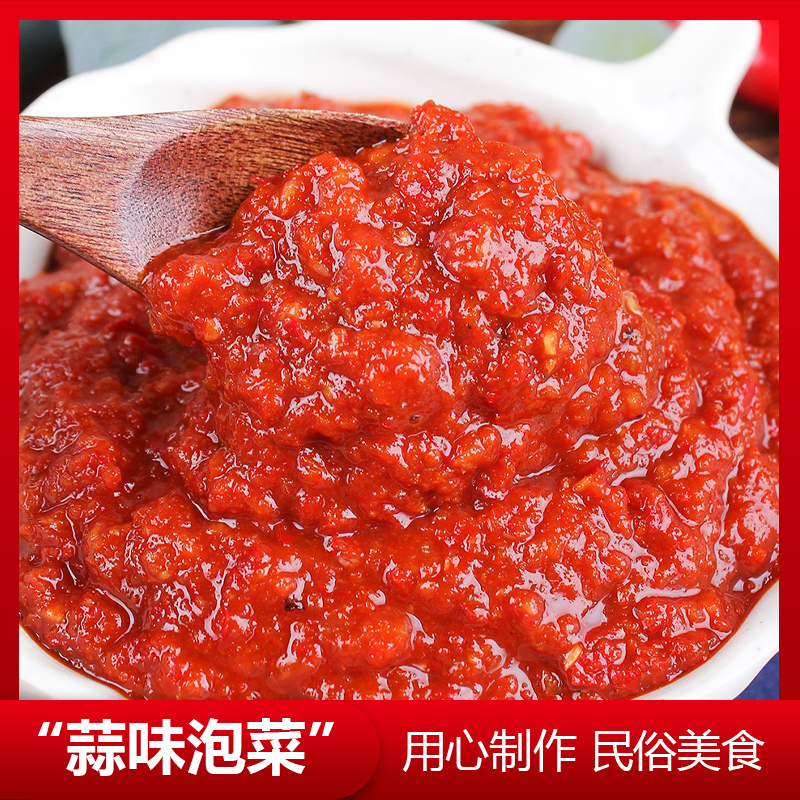Bean anthracnose is a serious fungal disease that affects kidney beans and is widely distributed across various regions. It also infects other legumes such as broad beans, peas, mung beans, lentils, and chickpeas. The disease can cause significant yield losses and reduce the quality of the harvested crops.
Symptoms of bean anthracnose appear on both seedlings and mature plants. In young plants, small reddish-brown or dark brown circular spots develop on the cotyledons, often slightly sunken. As the plant matures, the infection spreads to the leaves, particularly along the veins, where it appears as rust-like streaks that follow the vein pattern. These lesions vary in color, from light brown to dark brown, and may become more pronounced over time. Infected petioles and stems show similar symptoms, with brown, cracked lesions forming along their length.
In soybeans, the disease manifests as brown spots that gradually enlarge into nearly round lesions with raised edges and sunken centers. In severe cases, the infection can reach the seeds. When conditions are moist, a sticky red substance may ooze from the affected areas.
The causal agent of bean anthracnose is *Colletotrichum lindemuthianum*, a species of fungi belonging to the Deuteromycotina division. The fungus produces spiny, black conidiophores that grow beneath the epidermis and emerge through the surface. The conidia are oval-shaped and thrive best at temperatures between 21°C and 23°C. They are killed within 10 minutes at 45°C.
The disease cycle begins with mycelium or spores surviving in infected seeds or plant debris. Infected seeds can lead to early infections in seedlings. The spores are spread by wind, rain, and direct contact. The ideal conditions for disease development are temperatures above 20°C and relative humidity exceeding 95%. However, when temperatures rise above 27°C and humidity drops below 90%, the growth of the pathogen is significantly reduced.
Factors that contribute to disease outbreak include low-lying fields, heavy clay soils, excessive planting density, and frequent rainfall, dew, cold, and fog. These conditions create a humid environment that favors fungal growth.
To manage bean anthracnose, several preventive measures can be taken. First, farmers should use certified disease-free seeds and implement crop rotation for 2–3 years. This helps break the disease cycle and reduces the buildup of pathogens in the soil.
For chemical control, several fungicides are effective. These include:
- 50% carbendazim wettable powder diluted 500 times
- 70% thiophanate-methyl wettable powder diluted 1000 times
- 65% zineb wettable powder diluted 500–600 times
- 70% mancozeb wettable powder diluted 400 times
- 80% mancozeb wettable powder diluted 600–800 times
- 10% tebuconazole water-dispersible granules diluted 1000–1200 times
- 75% chlorothalonil wettable powder diluted 600 times
- 40% kresoxim-methyl suspension concentrate diluted 600 times
- 25% propiconazole emulsifiable concentrate diluted 1000–1500 times
- 80% pyraclostrobin wettable powder diluted 600–800 times
- 62% azoxystrobin wettable powder diluted 600–800 times
- 80% trifloxystrobin wettable powder diluted 800 times
Regular monitoring of crops and timely application of these fungicides can help control the spread of the disease and protect yields.
Garlic Flavored Kimchi
1. Garlic fragrance everywhere, unique charm.
Garlic-flavored kimchi exudes a rich garlic aroma. That unique scent instantly arouses your appetite and makes you unable to resist. 2. Crispy texture, unforgettable aftertaste. Every bite of garlic-flavored kimchi brings a crispy texture, bouncing between the teeth and leaving an unforgettable aftertaste. 3. Traditional craftsmanship, made with ingenuity. Following traditional production techniques, carefully select fresh ingredients and integrate full ingenuity to ensure excellent quality. 4. Versatile and delicious, freely matched. Whether it is paired with rice, noodles, dumplings, or enjoyed as a side dish with meat and seafood, garlic-flavored kimchi can blend perfectly and add a unique flavor. 5. Nutritious and a healthy choice. Rich in nutritional ingredients such as vitamins and dietary fiber. While enjoying the deliciousness, it also helps your health. 6. Convenient and fast, enjoy at any time. Convenient packaging and easy to store. Whenever and wherever you want to eat, you can easily open it and taste this deliciousness. 7. Unique flavor, regional characteristics. With a strong regional flavor, garlic-flavored kimchi allows you to appreciate different food cultures and feel a different kind of charm. 8. Stimulate the taste buds and awaken vitality. The strong garlic flavor and the sour and spicy taste of kimchi interweave, stimulating your taste buds, awakening your vitality and making you full of energy.
Garlic Flavored Kimchi,Korean Cuisine,Spicy Garlic Kimchi,Garlic Kimchi
Yanbian Jingangshan Food Co., Ltd , https://www.ybjgsfood.com

